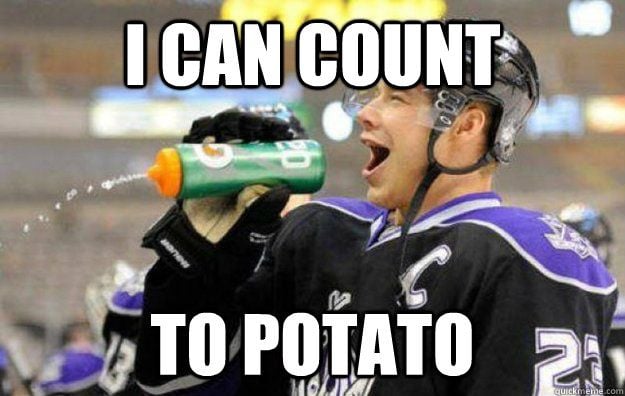Lazy narratives are everywhere. They exist prominently in all sports, but the ones in hockey are almost unbearable. Carolyn Wilke went on a great rant about lazy hockey narratives (beginning with this tweet, you should read it). The focus of the rant is around the statement, “He is tough to play against.” What exactly makes the player tough to play against? Board battles? Tough to get off the puck? A little more detail in that statement please. It’s lazy and doesn’t add value.
But there’s one thing that is generally ignored, and something I’m seeing a lot of lately. That is lazy narratives among “stats people.” These exist too. Hockey is a very situational and matchup dependent game. Some guys excel in one system that plays to their strengths while failing in another. Some guys play well against some slower opponents but not some faster players. This is one aspect of the stats analysis that is missing, and it’s because we may not have the tools to do so.
Regarding those tools: I recently tried –and failed– to put together a comparison of the systems teams run and their corresponding possession stats. The theory is that teams playing a low zone collapse in the defensive zone will give up more shot attempts, but fewer high-danger scoring attempts. It’s the whole point of the system. Teams that pressure in the defensive zone probably limit overall shot attempts against, but give up more high-danger chances since the system is complicated and designed to pressure and create turnovers.
However through discussions with Suit, there isn’t enough data to do this. Very few coaches run a straight collapsing zone. Most run a hybrid with a strong side overload or some form of man coverage. Without knowing exactly when coaches switch and measuring shot attempts for each switch, it is incredibly difficult to analyze this at the team level. Game tracking is needed to do this manually*. Player tracking chips in the jerseys would be needed to automate this analysis.
There are other areas of the game where I believe we need a bit more analysis, and have the tools to do so. A lot of discussion has been had over the Rangers’ high shooting percentage last year, and if it means major regression this season. Shooting percentage isn’t repeatable, but it is certainly a skill. That much we know. But do teams that focus primarily on rushes have higher shooting percentages? In theory it makes sense. It’s something I’m going to take a stab at in the near future as well, since Emmanuel Perry was able to parse out rush chances from war-on-ice for me.
It also makes sense that if you have repeated lower shooting teams, that the team isn’t “unlucky,” they are just bad. So why isn’t the reverse also true?
One final note: Just because we are missing some key aspects of analysis doesn’t mean the numbers we have today are useless. That couldn’t be further from the truth. We know that Corsi/Fenwick drive winning teams. There are always outliers, last year’s LA Kings being the most glaring, but that happens in every sport. It’s part of statistics. There’s a ton of value when used properly with the correct context. Know which people are the right people to ask regarding this analysis. If you don’t know who to read, ask me, I will gladly point you in the right direction. There are a lot of intelligent people with great ideas out there.
Share:
More About:Musings

